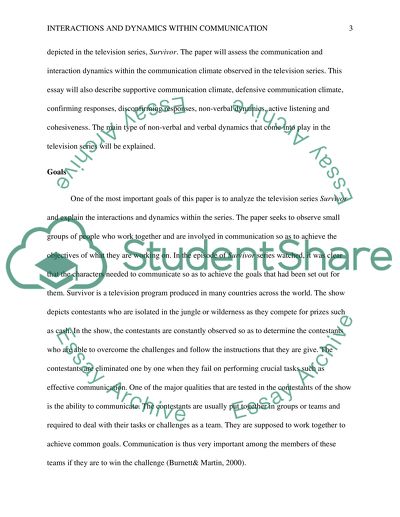Cite this document
(“Interactions And Dynamics Within the Communication On a TV Program Term Paper”, n.d.)
Retrieved from https://studentshare.org/journalism-communication/1395975-interactions-and-dynamics-within-the-communication-on-a-tv-program
Retrieved from https://studentshare.org/journalism-communication/1395975-interactions-and-dynamics-within-the-communication-on-a-tv-program
(Interactions And Dynamics Within the Communication On a TV Program Term Paper)
https://studentshare.org/journalism-communication/1395975-interactions-and-dynamics-within-the-communication-on-a-tv-program.
https://studentshare.org/journalism-communication/1395975-interactions-and-dynamics-within-the-communication-on-a-tv-program.
“Interactions And Dynamics Within the Communication On a TV Program Term Paper”, n.d. https://studentshare.org/journalism-communication/1395975-interactions-and-dynamics-within-the-communication-on-a-tv-program.


